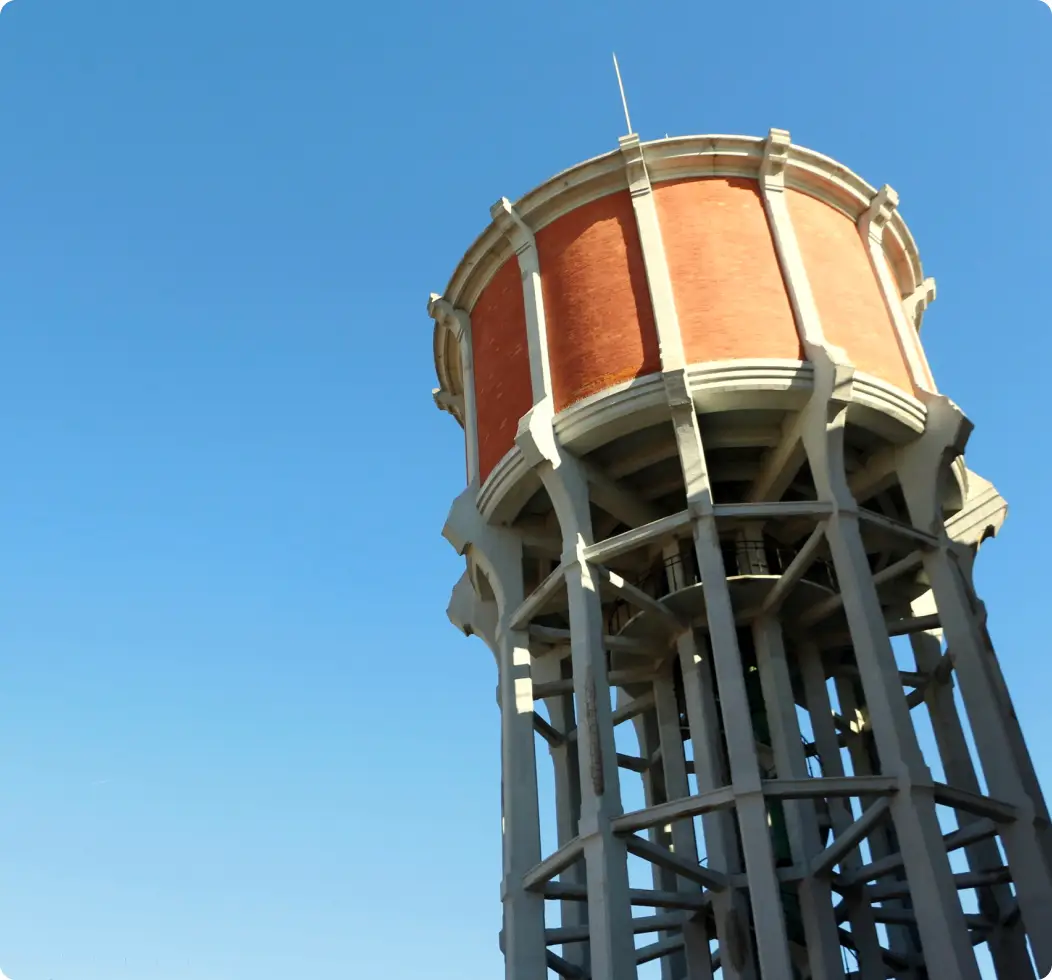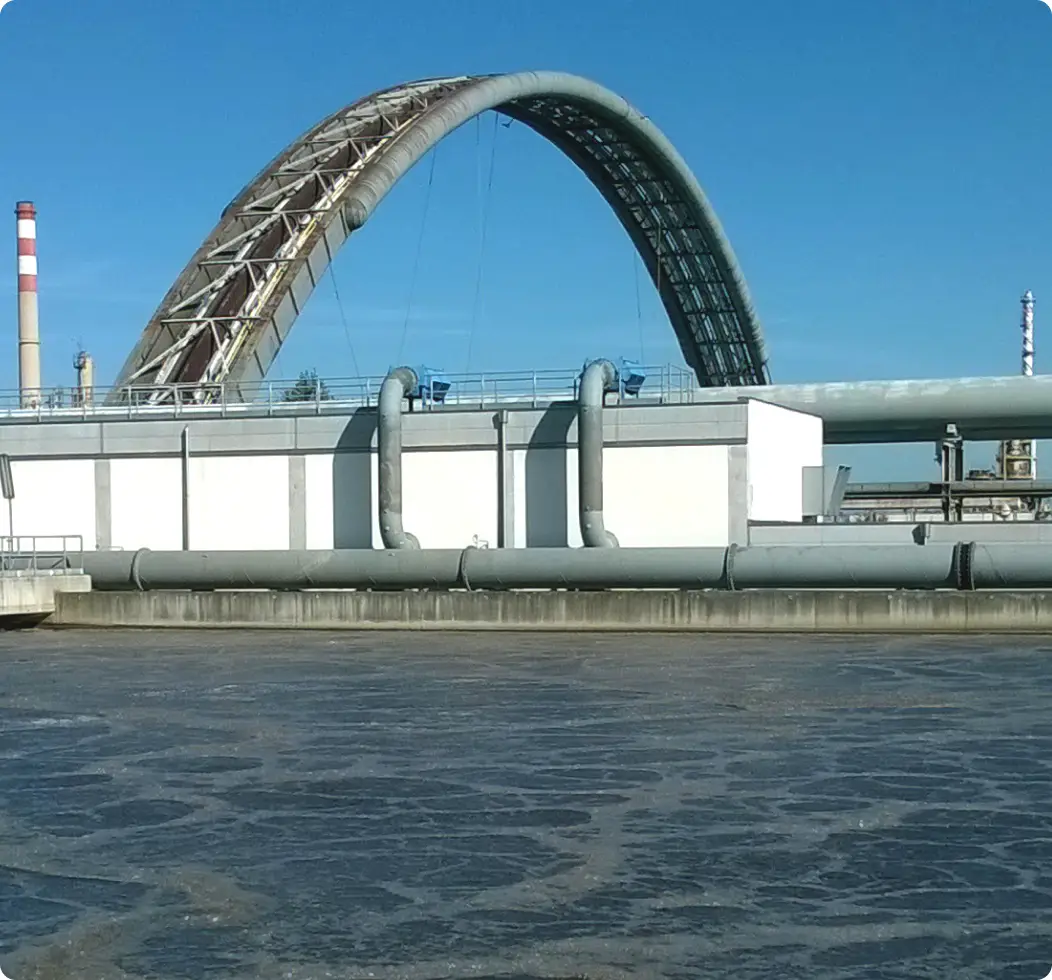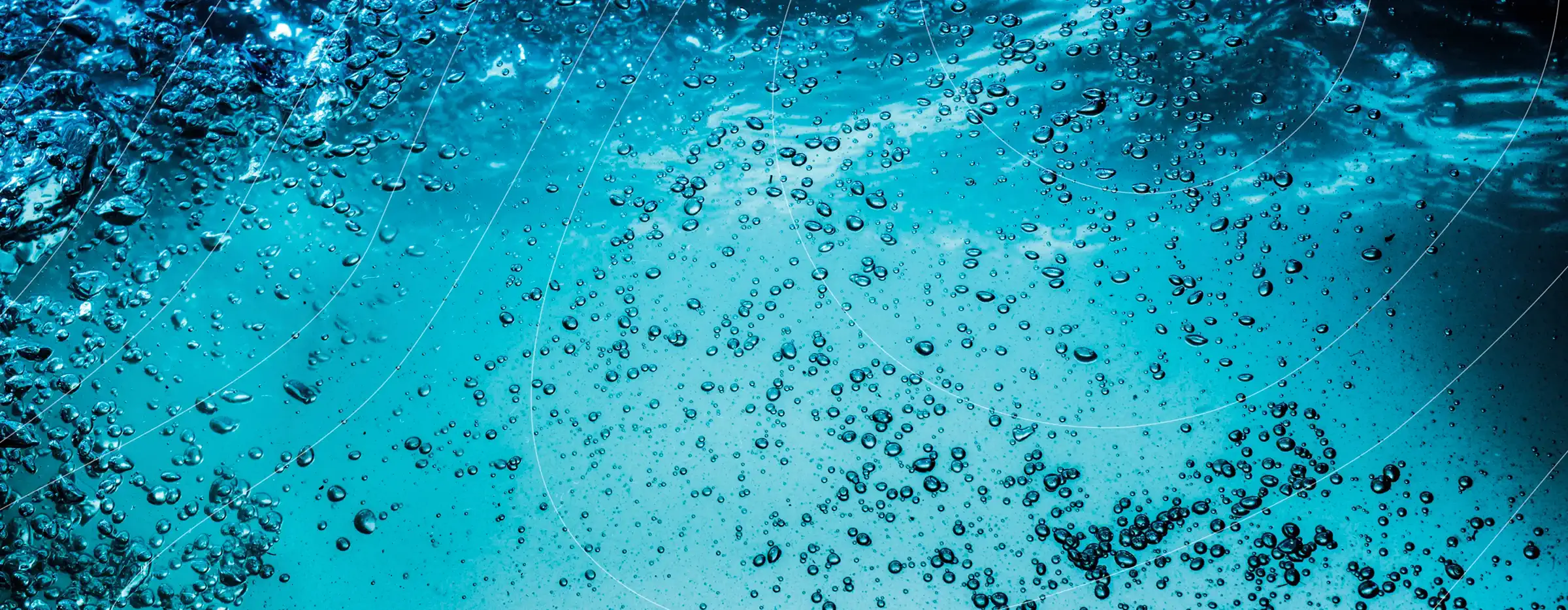
Venice Aqueduct Museum
Venice Aqueduct Museum
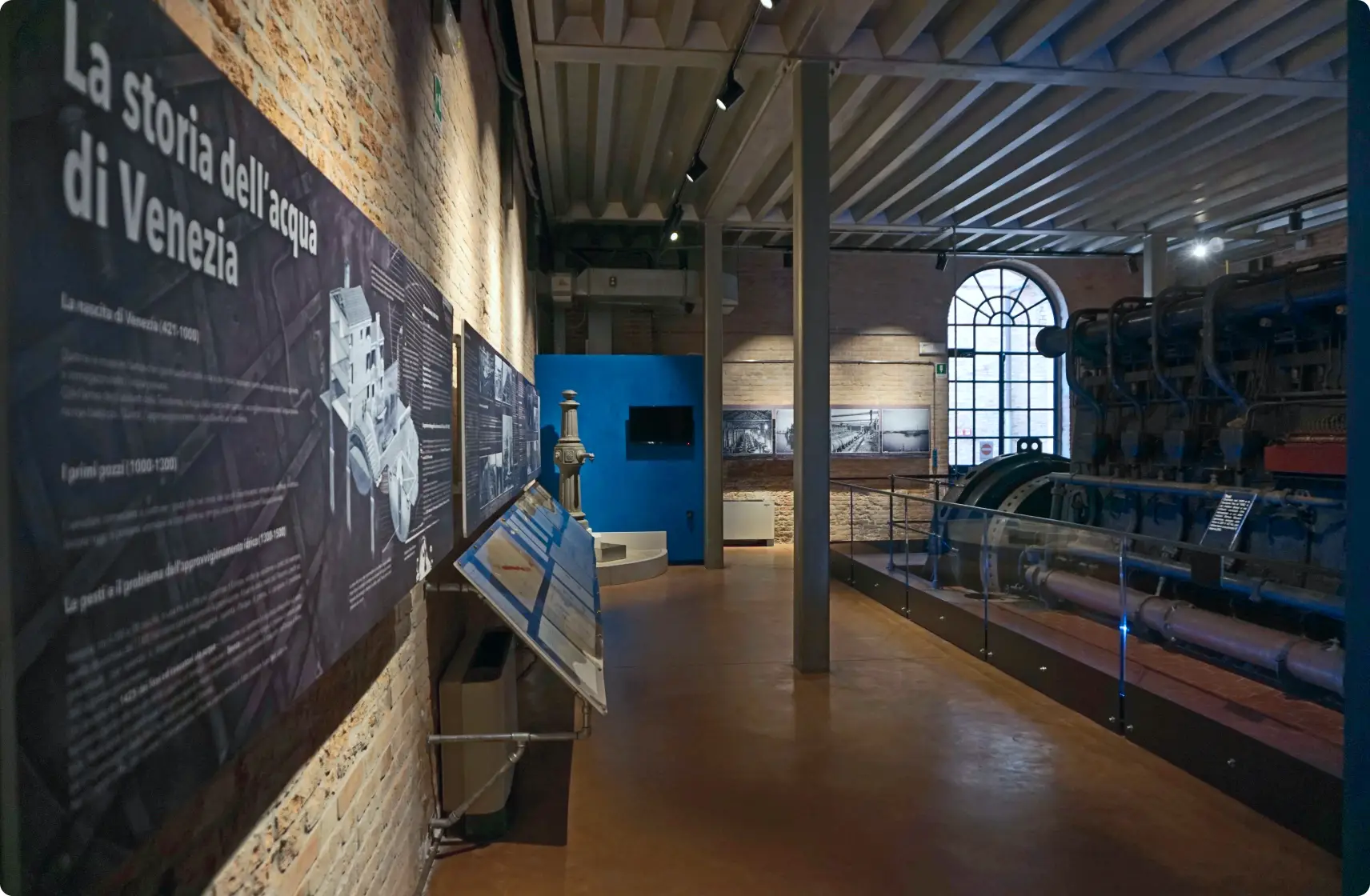
Venice Aqueduct Museum
The Venice Aqueduct Museum is located in Venice, at the Veritas headquarters in Sant’Andrea. It is a facility, associated with the UNESCO World Water Museums Network, where photos, documents, tools, and engines are displayed that tell the story of water supply in the Lagoon, from the founding of Venice to the present day.
The Venice aqueduct was built by the French Société générale des eaux and inaugurated on June 23, 1884, making water spout from a large fountain set up in Piazza San Marco.
The Venice Aqueduct Museum is located at Piazzale Roma, Santa Croce district, 489, Venice.
Discover its history through the Venice Aqueduct Museum
Visit the museum
Visit the museum
The museum is open to the public from Monday to Friday from 8:30 a.m. to 12:20 p.m. (by appointment for groups and schools).
For information and reservations:
Environmental education contacts
The integrated water cycle
The integrated water cycle
Abstraction, purification, treatment, and distribution of water for civil and industrial use
The drinking water supplied by Veritas is mostly groundwater, drawn from wells at a depth of up to 300 meters. Only a small portion is taken from the Adige, Sile, and Livenza rivers and treated at the Cavanella d’Adige, Ca’ Solaro, and Jesolo (Sile), Torre di Mosto (Livenza) plants, to cover, on one hand, the consumption peaks of Venice, Treviso, and Chioggia, and on the other, those of Jesolo and Caorle during the bathing season.
The aqueduct is part of Savec, the Central Veneto Aqueduct System. A strategic public work, carried out thanks to the collaboration between the Veneto Region/Veneto Acque and several water operators, Veritas among them. It is a kind of loop starting from Carmignano di Brenta and supplying high-quality drinking water to Chioggia and the eastern areas of the Rovigo and Padua provinces. This helps reduce the risk of water crises in areas that currently rely on water from the Po and Adige rivers for drinking purposes.
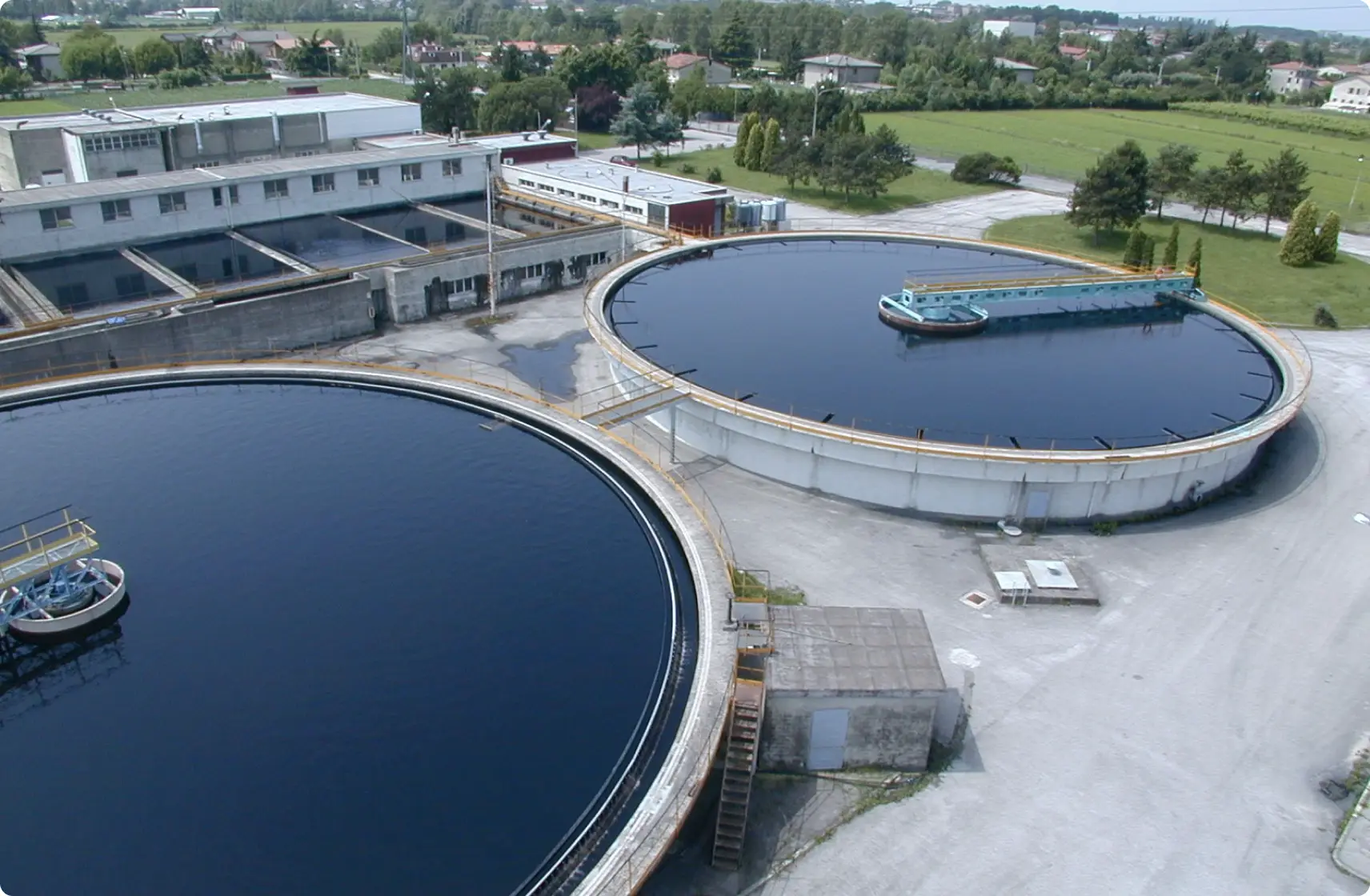
What water we drink
The drinking water supplied by Veritas is mostly groundwater, drawn from wells reaching a depth of 300 meters. It is among the best in Italy for quality and characteristics, economical, carefully monitored, and safe. It does not travel across Italy in trucks (it is 0 km) and does not need bottles or packaging to be transported, so it produces no waste. To have it, always fresh, you simply need to turn on a tap.
Drinking water
Drinking water
Go to pageThe drinking water that comes from our taps is carefully monitored
The Veritas company laboratory analyzes one million parameters each year on 50,000 samples: pH, total organic carbon (T.O.C.), cyanide, turbidity, ammonium, color, free and total residual chlorine, dry residue at 180°C, and checks conductivity, alkalinity, calcium, magnesium, hardness, aggressiveness index. The presence of microorganisms and pollutants such as organohalogen compounds, metals (including arsenic), and pesticides is thoroughly analyzed. All parameters comply with legal limits.
The quality of Veritas water is also monitored by Arpav and the competent local health authorities, which are responsible – through the Food Hygiene and Nutrition Service – for assessing potability.
Veritas water complies with the "sum of PFAS" as required by Legislative Decree 18/2023. Veritas and the Italian water operators’ system are constantly committed to safeguarding the quality of the distributed water.
The company laboratory – accredited by Accredia – has, from 2019 to today, received 1,908 samples taken at various points of the public aqueduct, on which 33,834 analyses of individual fluorinated compounds were carried out using the ASTM D7979-20 method with LC-MS/MS technique.
Until the entry into force of Legislative Decree 18/2023, Veritas monitored 15 compounds, whereas now it monitors 26.
Through the European Public Water Association (Ape), Veritas supports the request to ban the production and use of PFAS, presented to the European Council by the governments of some Nordic countries, followed by a public consultation managed by the European Chemicals Agency (Echa), recorded in the same files.
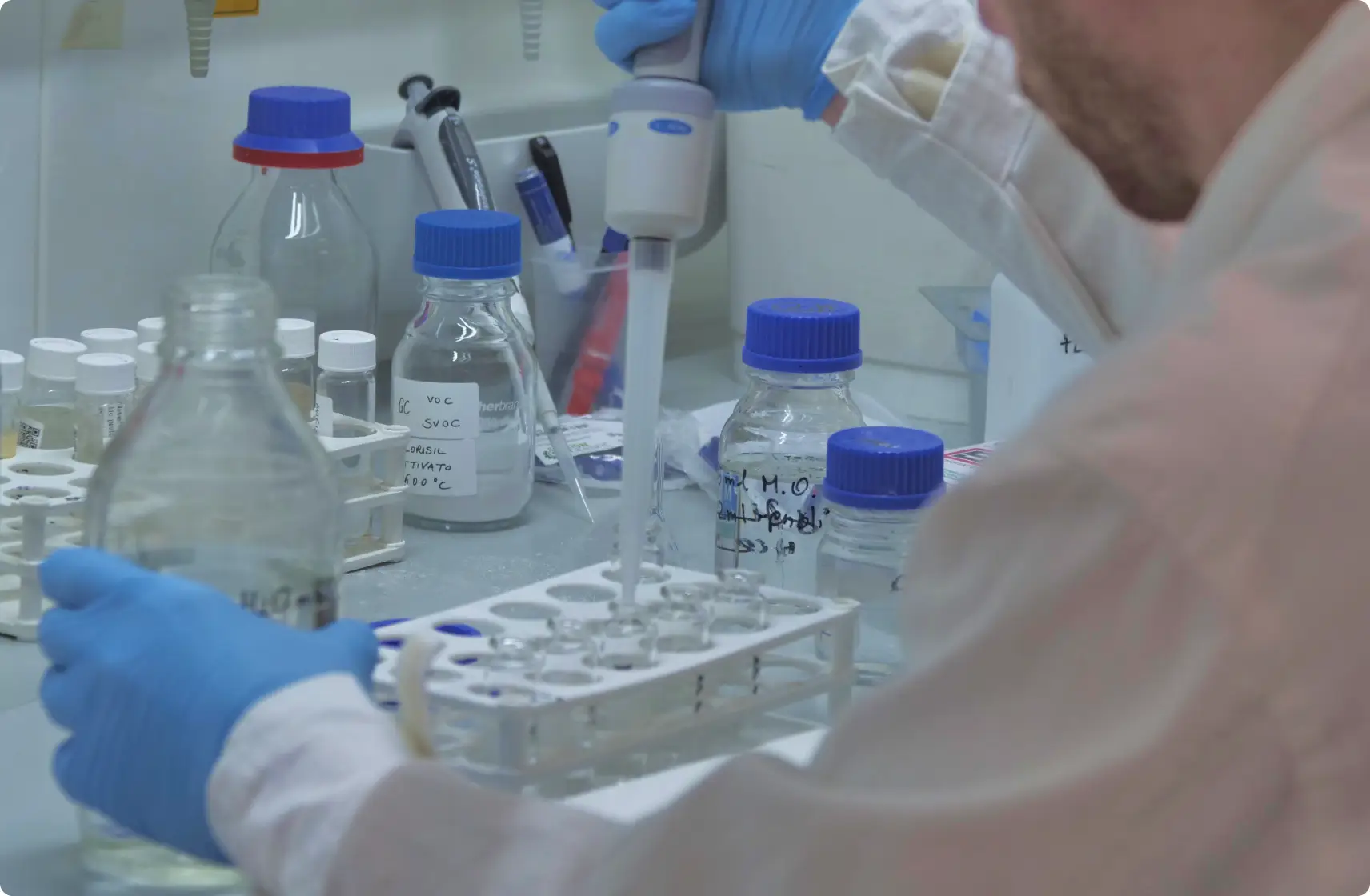
Against drought, avoid waste
Against drought, avoid waste
Go to pageWater should be saved not only during periods of low rainfall and increased consumption due to the summer season, but always and in any case.
Here are some simple and immediately applicable good practices for water saving:
